
International yoga day 2022: Significance & Importance
As we mark the International Yoga Day this year, on June 21, look out at the health benefits of making yoga a daily practice, particularly for those who are diabetic. Yoga for Humanity is the theme of International Yoga Day 2022. The theme focuses on the numerous benefits of yoga. The Yoga Day theme this year emphasizes how yoga can help cure Covid-19 and achieve holistic health for every individual. On International Day of Yoga, we look at asanas that may help control diabetes.
Quick Takeaway – The practice of yoga also promotes:
- Flexibility improvement
- Providing pain relief
- Enhancing strength and flexibility
- Weight management
- Relief from stress
- The ability to breathe better
Yoga for Diabetes: Yoga is that rare combination of mental and physical disciplines.
In addition to managing your blood-sugar levels and keeping yourself in shape, yoga helps manage stress. It is one of the main factors that contribute to the onset and progression of the disease. Yoga helps decrease the secretion of glucagon, the hormone released when stressed which increases blood sugar levels.
Yoga for diabetes patients helps in controlling mental stress which is crucial for managing your diabetes, and several studies show yoga is a low-cost, promising option in treating and preventing diabetes. This is because it helps lower the level of stress, leading to one positive effect on blood sugar control, about which more in a moment, in advance of International Yoga Day in 2022. With the right mindfulness, medicines, and the use of yoga in your exercise regimen, you can easily curb complications related to diabetes.
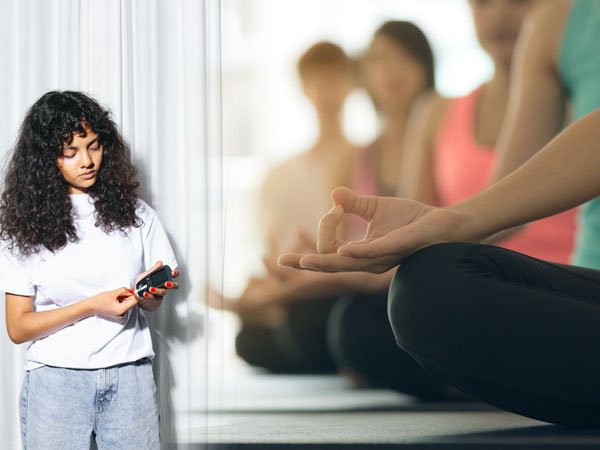
This International Yoga Day 2022, let us make it the mantra to lead a healthier life and keep complications such as diabetes at bay. In yoga, if diabetes is present, we consider it as a very basic disruption. As diabetes is not taken lightly as an illness. It is in our hands to care for our bodies to avoid aggravating any other diseases, including diabetes.
On International Yoga Day, everybody suffering from diabetes needs to practice Pranayama and Deep Breathing to become a part of daily life. Even if you dedicate only 10-15 minutes per day to practicing deep breathing, you will see the benefits, not just for managing diabetes, but for lowering blood pressure and preventing heart diseases. Deep breathing and meditation are also highly useful but have been studied least as much when it comes to controlling diabetes.
According to Diabetes Self-Management, meditation has been shown to lower risk factors for cardiovascular diseases, such as hypertension. Yoga may also benefit in long-term weight management and reduction of body fat accumulation, these are the two main risk factors of this condition.
Continue reading this blog for all facts on why and how Yoga exercises for diabetes are beneficial. Several studies suggest that yoga may help people with diabetes and enhance their health in several ways. Studies have shown that yoga may help to increase the overall quality of life, and also may help manage symptoms that are specific to diabetes.
Benefits of Yoga for Diabetes: T1D & T2D
Yoga is a blessing to diabetes patients. It has many benefits in terms of mental health as well as physical health, particularly for those suffering from diabetes. Yoga also focuses on breathing exercises and meditation, which have many benefits of their own. The reasoning is that yoga helps diabetics to control their blood sugar levels, maintain their cardiovascular health, and enhance their mood. Yoga also may benefit those with diabetes as yoga helps to regulate blood sugar levels and improves insulin sensitivity.
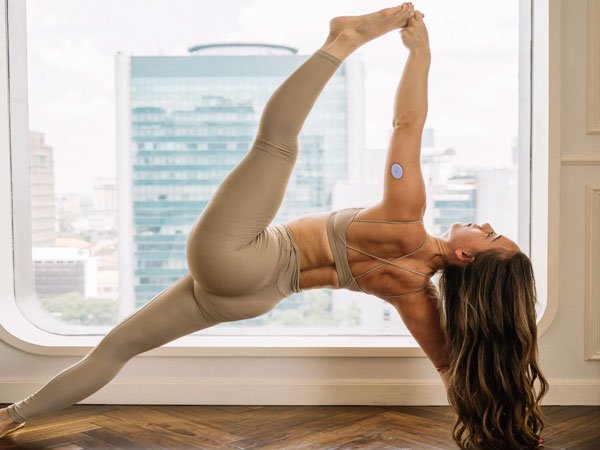
Yoga for People With Diabetes also helps to benefit those who have high blood pressure by improving and increasing the circulation of the body. It improves diabetes by improving the way the pancreas produces insulin. It decreases stress hormones which may raise your blood sugar levels. Yoga also helps you to feel more relaxed so that your heart does not need to work so hard.
- Helps in nutritional management: The role of yoga in the nutritional management of diabetes has been supported by multiple naturopaths.
- Helps With Dietary Management: The role of yoga in the nutritional management of diabetes has been advocated by several healthcare practitioners.
Doctors advise their patients who are dealing with diseases such as diabetes should practice different asanas alongside routine checks. This is important because a large body of research has explored that there are different cell-based and neuromuscular parameters associated with yoga that may aid the diabetic individual. Regular yoga practice is widely known for its capacity to alleviate stress, improve mobility, lower blood pressure, and promote overall health, which may ultimately even result in a reverse of minor diabetes.
Yoga for Diabetes control: Understanding all.
The fundamental concept in yoga is that there can be no chronic diseases. Be it either the physical or the mental body. As long as your body’s energy is well-flowing and in proper balance. There could be no better day than World Diabetes Day to talk about the efficacy of physical activity in managing diabetes.
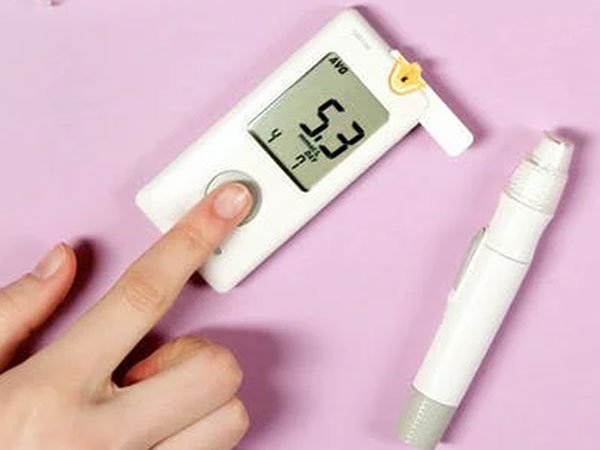
According to research published in the European Journal of Preventive Cardiology, patients suffering from type-2 diabetes need a prescribed exercise regimen to keep blood sugar levels under control. Modifying one’s lifestyle may help to lower the burden of these non-communicable diseases generally, and diabetes specifically. Ahead of International Yoga Day, we are going to talk to you about how a simple breath exercise improves your overall health.
Yoga practice is effective as a preventive and even treatment for type-2 diabetes. life-style and stress are the main causes of Diabetes. In addition to these physical benefits of yoga, the relaxing effects of yoga can help to decrease stress. Also, decrease the anxiety associated with living with diabetes, and also to enhance your mood. Plus, besides getting blood flowing and heart pumping, yoga may build lean muscles and decrease stress; two things that are important if you are living with Type 1 diabetes.
Yoga poses that can aid in Stress Reduction, Build Muscle, and Enhance Flexibility:
- Mountain pose (Tadasana): Stand tall with your feet shoulder-width apart and your hands at your sides. Bend your knees slightly and lift your hips off the ground. Straighten your legs and raise your arms above your head until they are parallel to the floor. Lower your body back down slowly. Repeat this pose three times. After doing the Mountain Pose, stand straight again and take deep breaths.

- Downward-facing dog (Adho mukha svanasana): Start with your hands shoulder-width apart. Your feet should be hip-width apart. Bend forward at your hips until your chest almost touches the floor. Lift your right foot off the ground and place it behind your left leg. Place your hands flat on the floor just outside your right foot. Slowly lift your head and shoulders off the floor while keeping your back straight. Hold this pose for 5 breaths before returning to standing. Repeat on the other side.

- Child’s pose (Balasana): To begin this pose, lie down on your back and bring both knees towards your chest. Keep your feet flat on the floor. You may bend your elbows and place them behind your head if that feels comfortable. Close your eyes and take several deep breaths. This pose helps relax the entire body and calms the nervous system.

- Bridge pose (Setu bandha Sarvangasana): To perform this pose, lie down on your back with your arms at your sides. Lift your legs off the ground and place them over your head. Cross your ankles behind your ears. You should look like a human bridge.
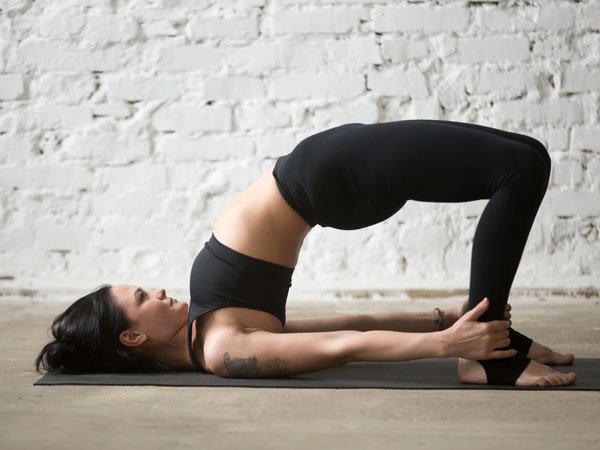
- Plank pose (Phalakasana): Start by standing straight with your feet shoulder-width apart. Your knees should be slightly bent. Inhale through your nose and exhale through your mouth while keeping your back naturally arched. Hold this position for 5-10 seconds. Repeat this exercise 10 times. Do not hold your breath. You can add some weight if needed. Try to keep your spine naturally arched. If you feel any discomfort, stop immediately.

- Tree pose (Vriksasana): Stand tall with your feet shoulder-width apart. Reach down and grab hold of your toes. Pull your knees towards your chest while keeping your back straight. Slowly lower yourself down into a squat position. Place your hands on the ground behind you and push through your heels to stand back up.

- Cobra pose (Bhujangasana): To perform this pose, lie flat on your back and place your hands behind your head. Inhale deeply through your nose and lift your chest away from the ground. Exhale slowly through your mouth and raise your upper body off the ground until your arms are straight. Your legs should remain parallel to the floor throughout the entire exercise. Hold this position for at least 10 seconds before lowering yourself down. Repeat this pose three times.
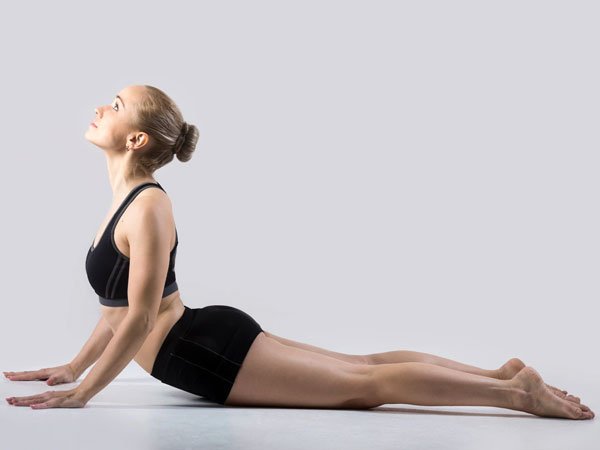
- Thunderbolt pose (Vajrasana): Stand tall and straight. Keep your feet shoulder-width apart… Slowly lower yourself down until your arms are parallel to the ground. Raise your hands above your head and look up towards the sky. Hold this position for 5 seconds. Return to standing position and repeat steps 1-5.
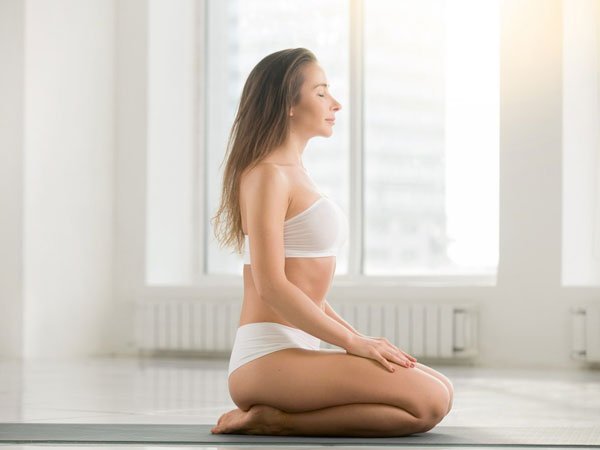
- Corpse pose (Shavasana): Start by sitting down on your mat, feet flat on the floor. Bend forward at the waist until your chest touches the ground. Place your hands behind your back, palms facing each other. Repeat this breath cycle three times. Now inhale again and lift your head off the ground, keeping your spine straight. Exhale and lower yourself back to the ground.
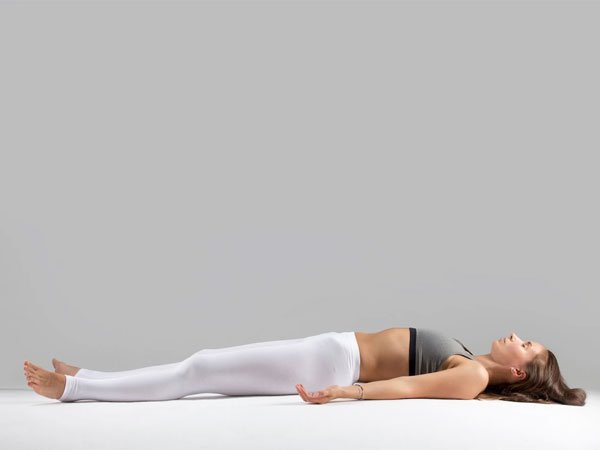
- Seated Forward Bend (Paschimottanasana ): As the English word for Paschimottanasana, means ‘Seated Forward Bend’. During this pose, practitioners fold their upper body over their seated lower body. Practicing this pose requires mental focus and flexibility. Practicing this pose stretches your calves, hamstrings, and spine.
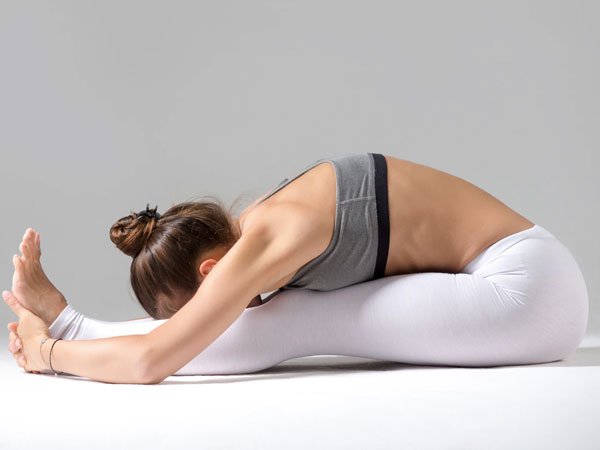
When diabetes patients practice yoga habits that are compassionate towards themselves, they can manage their lifestyle disorders. They also nourish them with a good diet, while also doing exercises and yoga asanas. This helps them to control the fats, as well as help in the circulation of the blood around the body.